Cu Chi Tunnels
Cu Chi tunnels went into the history of heroic struggle of the Vietnamese as a legend of the 20th century and became famous in the world.
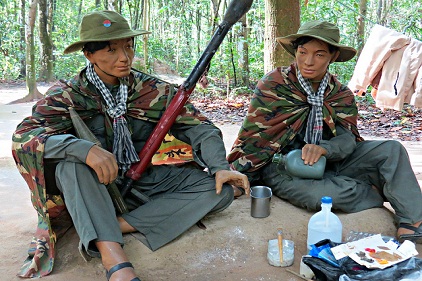
Cu Chi tunnel is a unique and incomparable wonder with 250km tunnel spreading like cobwebs underground with the completion of works associated with the tunnels such as trenched, docks, fighting places, tunnels for eating, sleeping, meeting, activities, military, food storage, water wells, Hoang Cam stoves...
The tunnels were used by Viet Cong guerrillas as hiding spots during combat, as well as serving as communication and supply routes, hospitals, food and weapon caches and living quarters for numerous guerrilla fighters. The tunnel systems were of great importance to the Viet Cong in their resistance to American forces, and helped achieve ultimate military success.
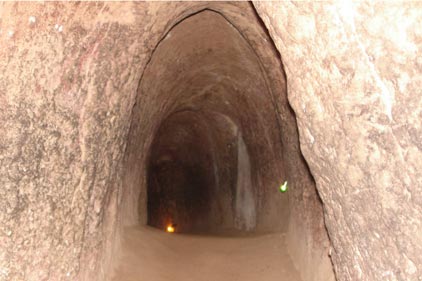
In Cu Chi, the earliest tunnel appeared in 1848 in two communes of Tan Phu Trung and Phuoc Vinh An. At first, there were only short and simple structured sections, used to conceal documents, weapons, hiding soldier’s operating in enemy territory. Later, it spread to the communes. From 1961 to 1965, the guerrilla war of the people in Cu Chi had grown rapidly, causing huge losses to the enemy, contributing to defect the strategic “Special war” of the American. Six communes in the north of Cu Chi had completed the ‘backbone’ tunnel. Then, the agencies and units developed branch tunnels connecting with the ‘backbone’, an interconnected tunnel system.
See more
-
.jpg)
Fansipan mountain Sapa
The Mount Fasipan is located in Lao Cai province, about 9km southwest of Sapa town. It belongs to the mountain range Hoang Lien Son, located in the northwest of Vietnam and...
-
.jpg)
Vietnam History Museum
The oldest of its kind in Vietnam, Vietnam History Museum was renovated from the French Ecole Française d’Extreme Orient.
-
.jpg)
Non Nuoc Beach
Non Nuoc Beach in Da Nang takes up five kilometres of Hoa Hai Ward’s coastline, featuring soft white sands, a gentle slope, unpolluted waters and mild waves all year...
-
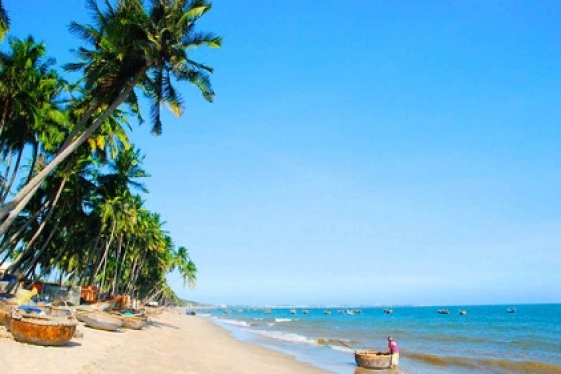
The beautiful Mui Ne beach
Mui Ne beach is one of the most famous attractions in Phan Thiet and it has a natural beauty with white sand, blue sea and green coconut tree line along the beach.
-
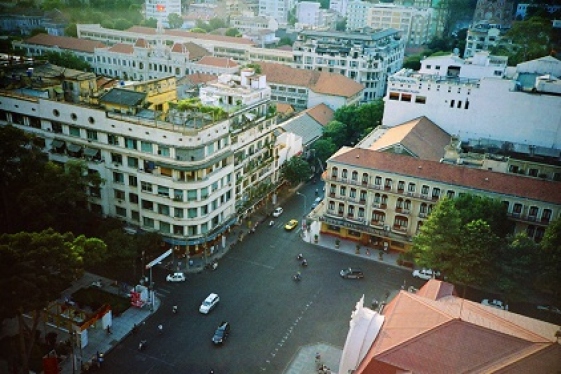
Dong Khoi Street in Ho Chi Minh
Home to many French colonial buildings, Dong Khoi Street has witnessed many changes in Ho Chi Minh City. During the French occupation, it was the centre of glamour and was...
-
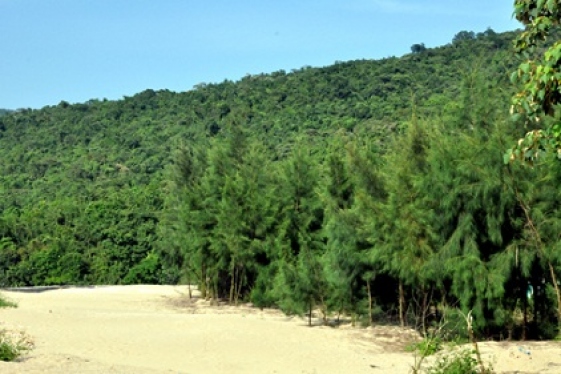
Ba Mun Island
Ba Mun Island is an island belonging to Minh Chau communes of Van Don District of Halong Bay, lying parallel to the island of Quan Lan. The Island is also known as High Island...
-
.jpg)
Tuan Chau Island
Tuan Chau Island is a newly established tourism center of Ha Long City, which is only 8 kilometers away from downtown Ha Long. The whole area of this island is about 2.2...
-
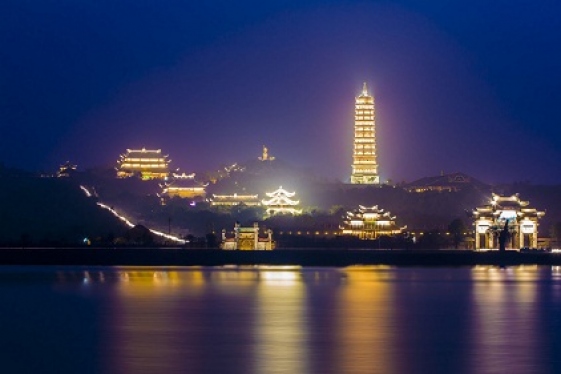
Bai Dinh Pagoda
Bai Dinh Pagoda is famous for its great size and is a cluster of Buddhist architectural structures, consisting of new, giant and imposing temples of the newly-built Bai...
-
.jpg)
Dau Go Cave
Floating on the emerald water, Đầu Gỗ Island (Wooden Head Island) is amongst the most famous tourist attractions in Halong Bay. Inside Đầu Gỗ Island, tourists will...
-
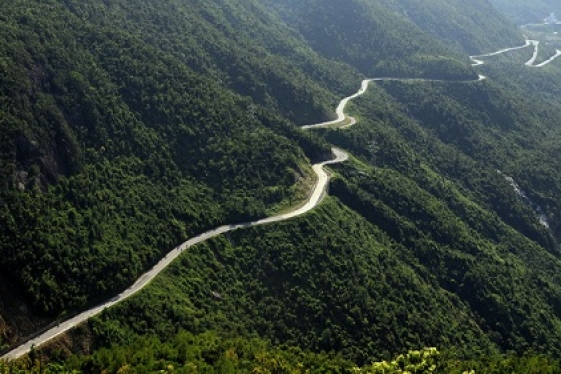
Ngang Pass
Ngang Pass is one of the most famous attractions in Quang Binh . Ngang Pass is the mark of the history and become a legend. The image of Ngang pass appears in many...
Destinations
Most popular tours
-
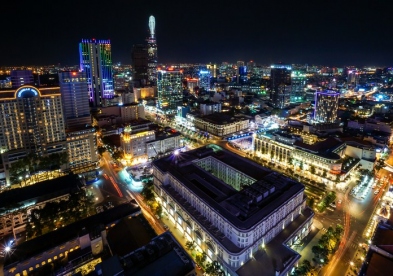
Soft Through Vietnam
Price from: 440 US$
-
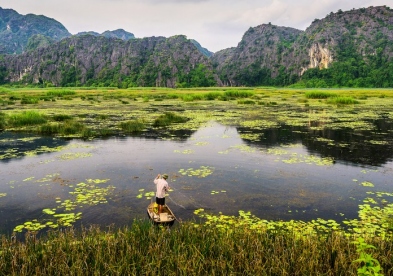
Northern Vietnam Discovery
Price from: 330 US$
-
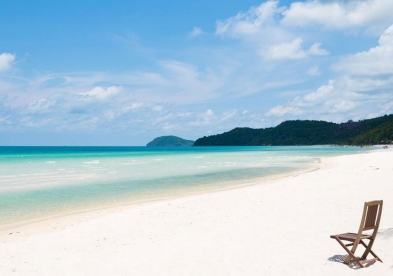
Vietnam beach vacation
Price from: 1.250 US$
-
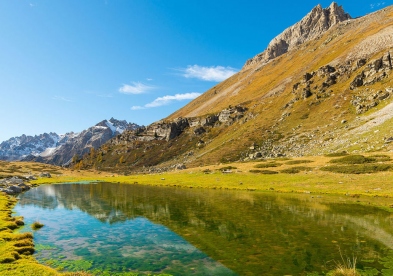
Vietnam Discovery
Price from: 1.035 US$
Business info
Vietnam Local Guide
- Address: 18th Floor, VTC Online Tower, 18 Tam Trinh Str.,Hai Ba Trung Dist., Hanoi, Vietnam
- Email: info@vietnamguider.com
- Phone: (+84) 0904989890
- Hotline: (+84) 0904989890